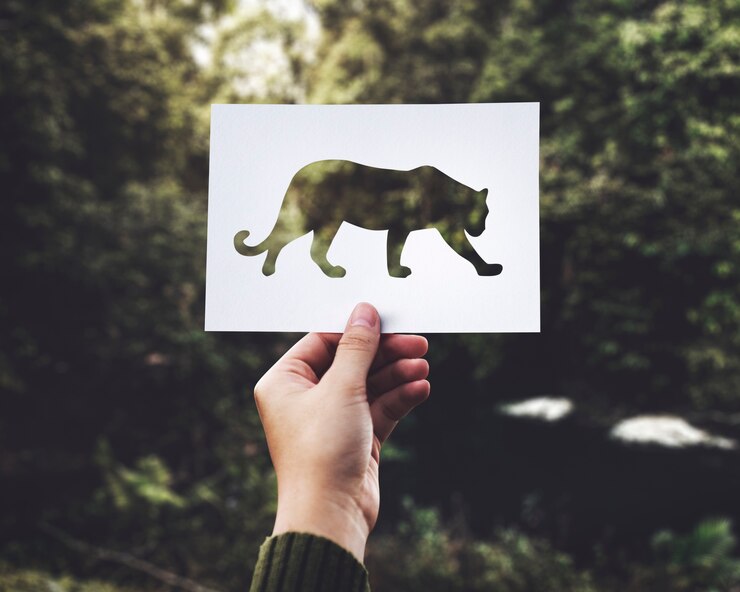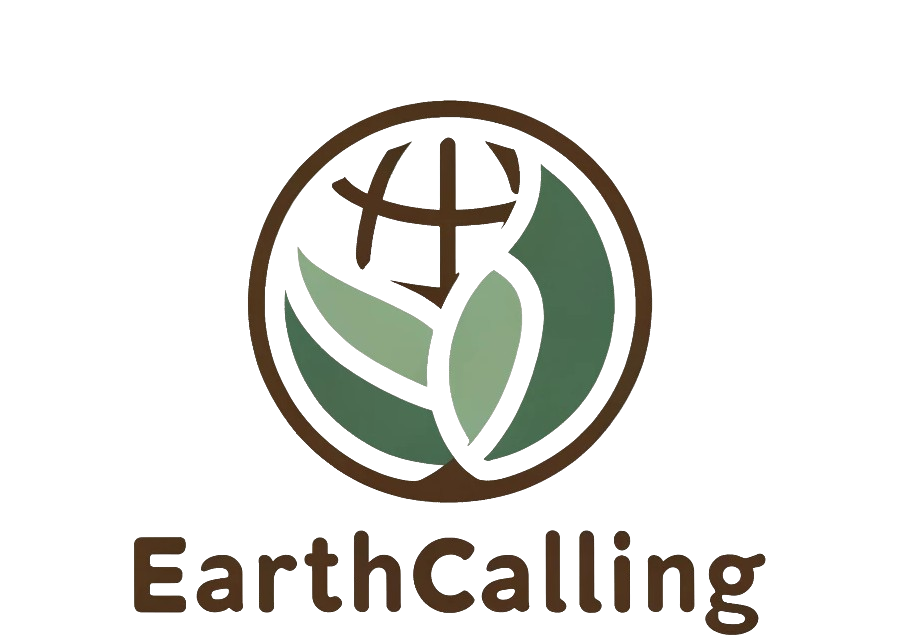
Endangered species: how can we help?
The natural world is home to a staggering diversity of species, from the smallest insects to the largest mammals. However, many of these creatures are facing the threat of extinction due to habitat loss, climate change, poaching, pollution, and other human-related activities. Endangered species play vital roles in their ecosystems, contributing to biodiversity and helping to maintain ecological balance. Protecting them is not only essential for the health of our planet but also for future generations who deserve to experience and appreciate wildlife. This article explores the plight of endangered species and offers concrete steps we can all take to help protect them.
Understanding the threat to endangered species
Human activities have dramatically accelerated the rate at which species become endangered and extinct. Deforestation, urban expansion, and agriculture often destroy the natural habitats that wildlife depends on for survival. As a result, animals are forced to adapt, migrate, or face extinction. Climate change further complicates their survival, altering ecosystems, impacting food sources, and shifting weather patterns in ways that are detrimental to many species.
Illegal poaching and wildlife trade are major threats, especially for animals with high-value parts, like rhinos for their horns or elephants for their ivory. Despite laws and protections in place, black markets for animal parts and exotic pets continue to put immense pressure on endangered species. Pollution, including plastic waste, pesticides, and chemical runoff, affects wildlife health, leading to illness and death in species sensitive to environmental changes.
In addition, invasive species, introduced to new environments by human activity, disrupt local ecosystems and often outcompete native species for resources. Together, these factors form a complex web of threats that require urgent and sustained action.
Steps to help endangered species
Addressing these issues might seem overwhelming, but even small actions can make a difference. Whether through personal choices, local involvement, or supporting broader initiatives, we all have a role to play in protecting endangered species.
1. Support conservation organizations
Numerous organizations work tirelessly to protect endangered species and their habitats. Supporting these groups financially or through volunteer work can have a significant impact. Many organizations, such as the World Wildlife Fund (WWF), Wildlife Conservation Society (WCS), and local conservation initiatives, use donations to fund research, habitat restoration, and anti-poaching efforts. Contributions support the development of programs aimed at preserving biodiversity and protecting ecosystems worldwide.
2. Reduce, reuse, and recycle
Pollution is one of the primary threats to wildlife, especially plastic waste, which pollutes oceans, rivers, and forests. By reducing single-use plastic, reusing materials, and recycling properly, we can reduce the amount of waste that ends up in natural habitats. Small steps like using a reusable water bottle, avoiding plastic bags, and recycling electronic waste help limit pollution and protect endangered species from harmful waste.
3. Support sustainable and ethical products
Many everyday products, from furniture to cosmetics, can indirectly impact wildlife. By choosing sustainable and ethically sourced products, consumers can help reduce habitat destruction and wildlife exploitation. For example, look for products certified by organizations like the Forest Stewardship Council (FSC), which ensures sustainable forestry practices, or Rainforest Alliance, which supports biodiversity conservation.
Similarly, avoiding products made from endangered animal parts, like ivory or certain exotic leathers, is crucial. Supporting businesses committed to sustainable practices sends a message to industries that there is demand for wildlife-friendly alternatives.
4. Advocate for stronger wildlife protection laws
Engaging in advocacy can be a powerful way to support endangered species. Governments play a significant role in protecting wildlife, and citizens can influence policy by advocating for stronger laws and protections. This can include stricter regulations on poaching, habitat protection, and controlling pollution. Supporting or initiating petitions, contacting representatives, and raising public awareness all contribute to a culture that values and protects endangered species.
5. Reduce your carbon footprint
Climate change is one of the biggest threats to biodiversity. Reducing individual carbon emissions can help mitigate climate change and its impact on wildlife. Simple steps like using energy-efficient appliances, reducing car travel by opting for public transportation or biking, and conserving water contribute to a lower carbon footprint. Additionally, supporting renewable energy sources and advocating for sustainable energy policies can have broader effects on reducing greenhouse gas emissions and protecting ecosystems.
6. Participate in local conservation efforts
Many endangered species are native to specific regions, and supporting local conservation efforts can directly benefit them. Local wildlife refuges, national parks, and conservancies often have volunteer programs or events focused on habitat restoration, tree planting, and animal tracking. Getting involved locally not only contributes to conservation efforts but also raises awareness in the community, encouraging others to take action.
In areas where invasive species threaten local wildlife, volunteering for removal efforts helps protect the native ecosystem. These projects are especially important in delicate environments where invasive plants or animals can outcompete local species for food, space, and other resources.
7. Educate yourself and others
Education is a powerful tool for change. Learning about endangered species and the challenges they face helps us make informed choices. Teaching friends, family, and community members about the importance of biodiversity and conservation can foster a collective sense of responsibility. Schools and community organizations can play a vital role in promoting wildlife education and inspiring future generations to protect endangered species.
Social media platforms can also be used to raise awareness and share information on endangered species. By spreading the word, we can create a network of support and encourage action at all levels.
The role of technology in conservation
Technology is proving to be a valuable asset in wildlife conservation. Drones, for example, allow conservationists to monitor remote areas without disturbing wildlife, helping track population sizes and detect illegal activities like poaching. Satellite imagery is used to map and monitor habitats, while GPS tracking collars provide valuable data on the movement patterns of endangered animals, helping scientists better understand their needs and threats.
Artificial intelligence and machine learning are also being used to analyze data on species behavior, predict poaching hotspots, and optimize conservation strategies. Conservation organizations are increasingly adopting these tools to improve the effectiveness of their efforts, ensuring that endangered species receive targeted protection.
Protecting endangered habitats
Protecting the habitats where endangered species live is essential to their survival. Many species are highly specialized to specific environments, so even small changes can have significant impacts on their health and survival. Designating protected areas, such as national parks and nature reserves, is one of the most effective ways to preserve habitats.
Governments, conservation organizations, and local communities can work together to establish these protected zones, which act as safe havens for endangered species. Expanding these areas, improving connectivity between habitats, and enforcing regulations within them are all key to successful conservation efforts.
Conclusion: a collective responsibility
Endangered species face numerous threats, but by working together, we can make a meaningful impact. Conservation is not only the responsibility of governments and organizations—it’s a collective effort that includes individuals, communities, and businesses. Each of us has the power to make choices that protect wildlife, from reducing waste to supporting sustainable products and participating in local conservation initiatives.
By taking action now, we can help preserve endangered species and ensure a thriving natural world for future generations. Protecting wildlife is more than an ethical duty; it’s essential for maintaining the health of our ecosystems, the resilience of our planet, and the beauty of biodiversity that enriches all of our lives.
